This story is part of a multi-part HBCU Gameday series chronicling the history of Winston-Salem State University football — its rise, its glory years, and its fall. From its humble beginnings in 1940 to its modern crossroads, this series explores how one program came to define success, pride, and heartbreak for an entire HBCU community.
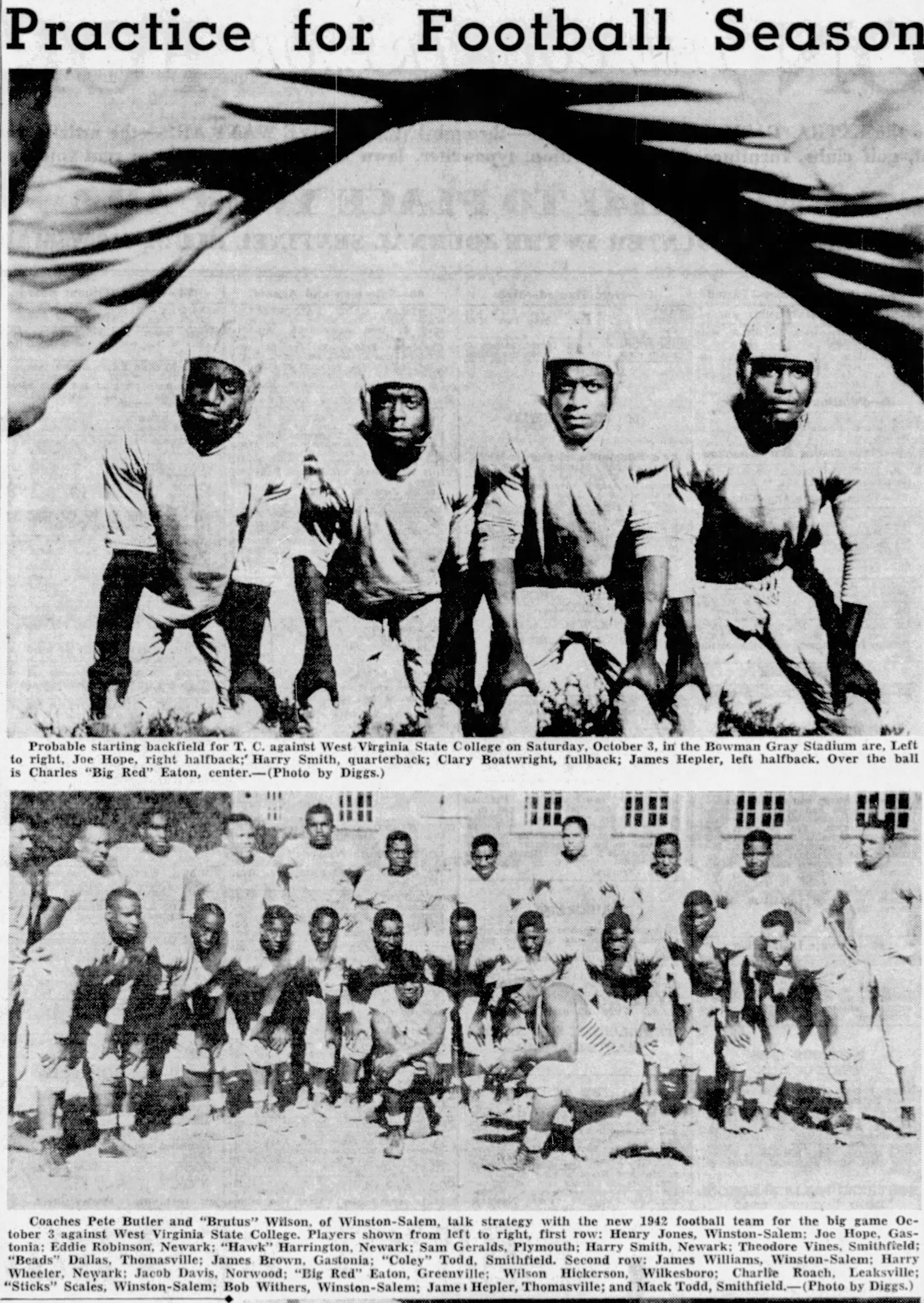
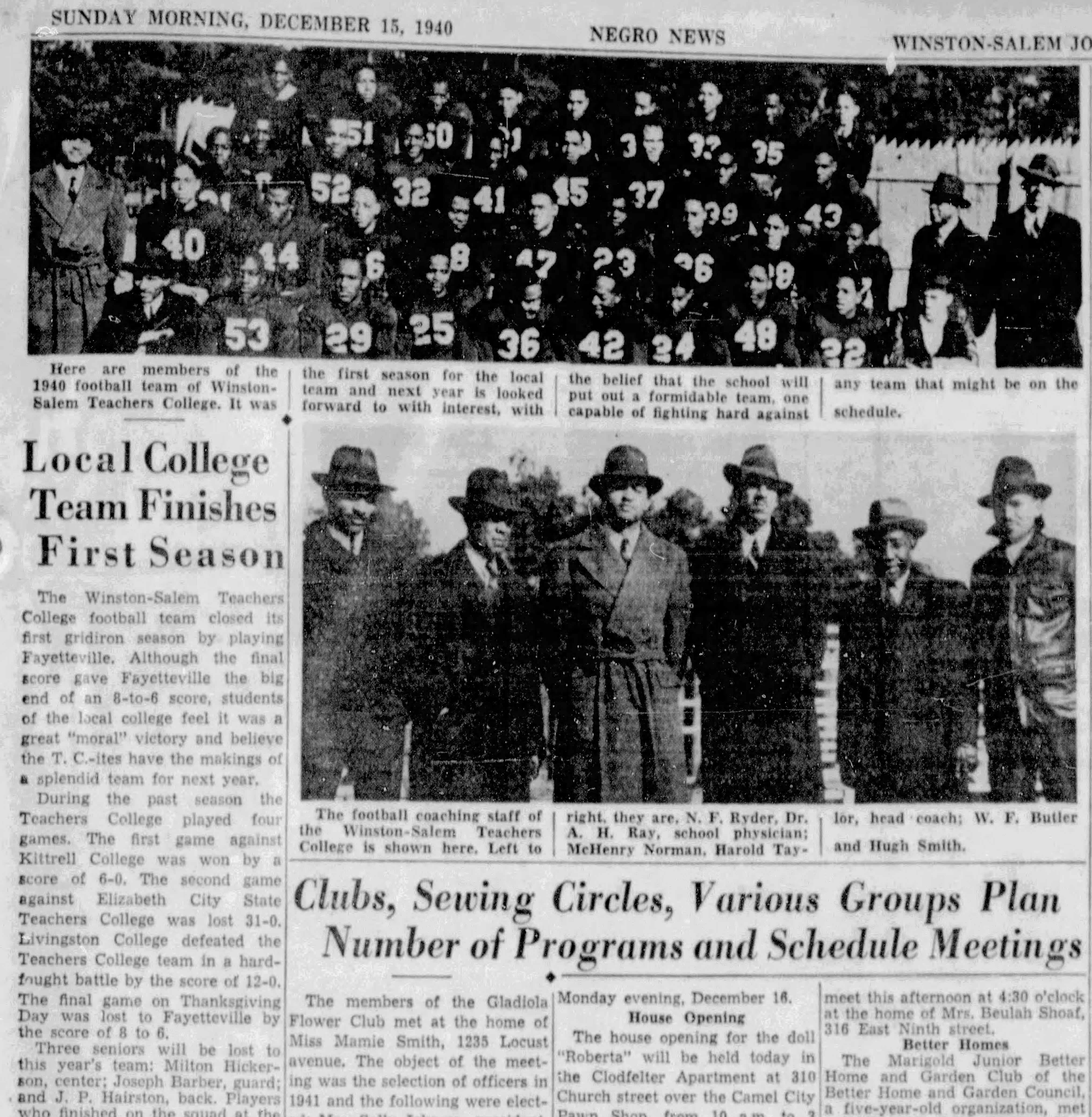
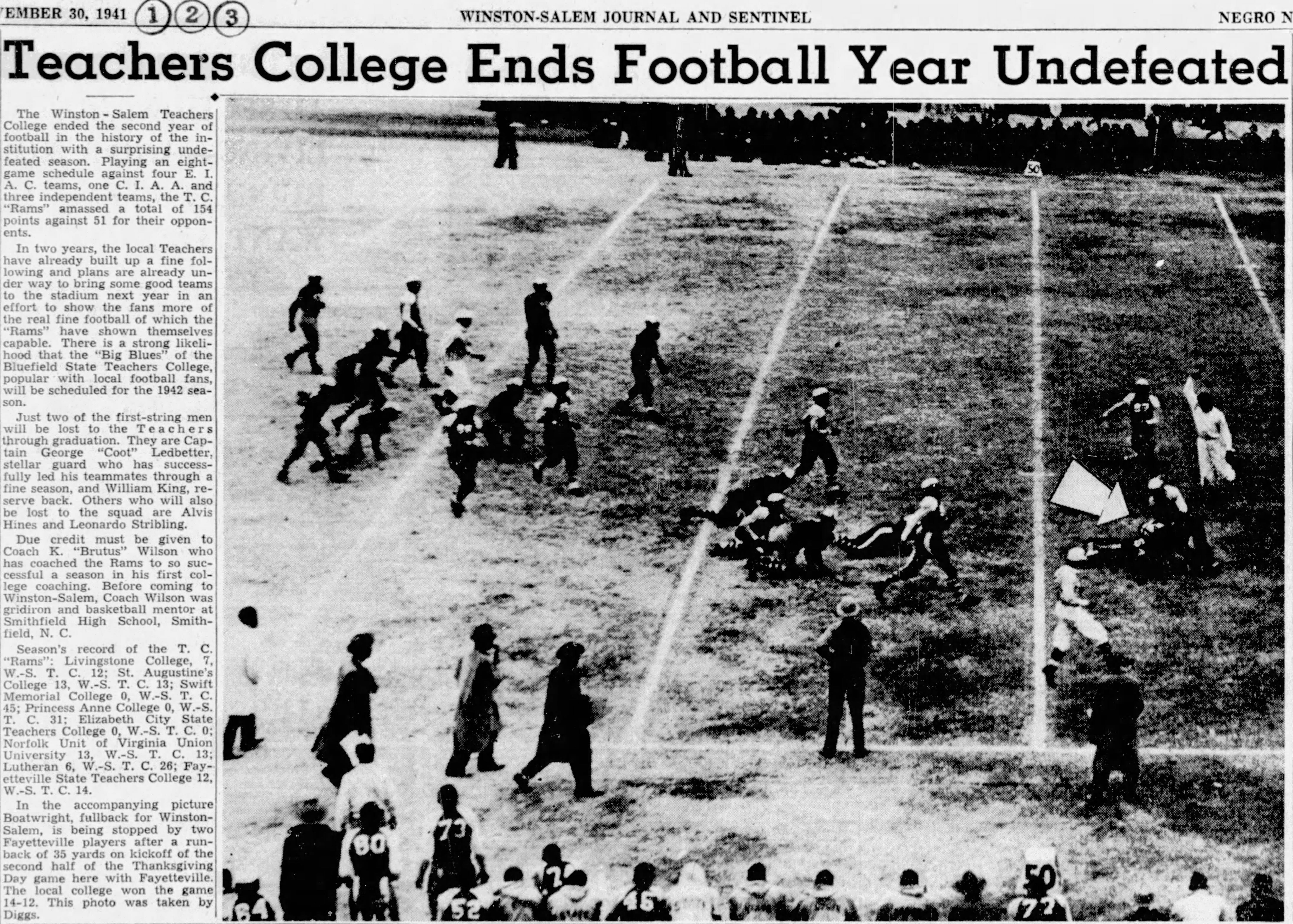
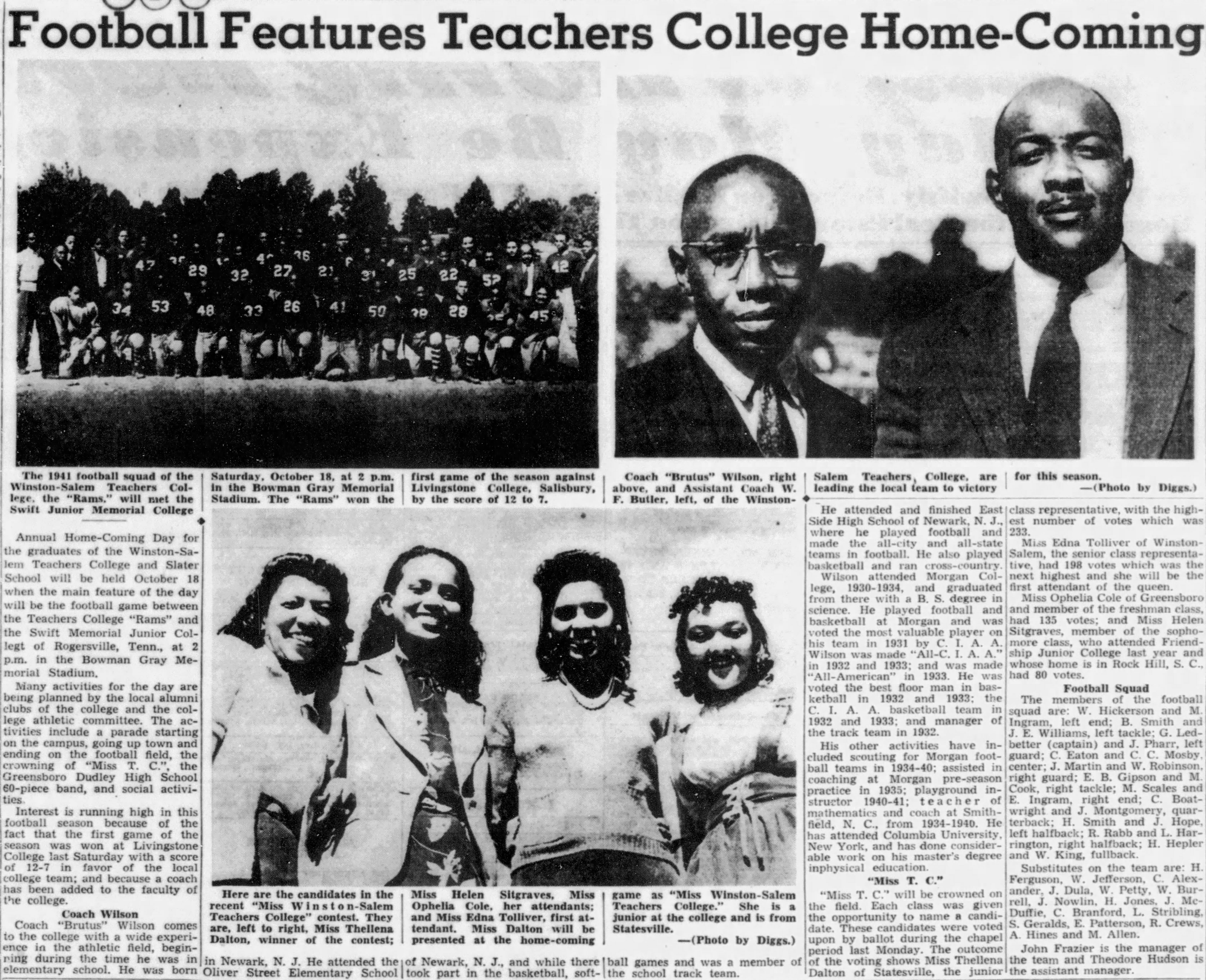
The Beginning: TC Teachers to ‘SU Rams
Winston-Salem State University football was born in 1940, the same year that the school — then Winston-Salem Teachers College — was still finding its footing as an institution for higher learning. Teachers College went undefeated in its second season (five wins and three ties), but the success was tough to sustain.
Through the 1940s, 50s, and 60s, WSSU was what many HBCUs were at the time — scrappy, underfunded, and sustained by the spirit of Black educators and athletes who played for the love of the game. After joining the CIAA in 1946, there were flashes of talent and a handful of winning seasons, but for decades the Rams were a middle-of-the-road program in the CIAA hierarchy, overshadowed by powerhouses like North Carolina A&T, Virginia State, and Morgan State.
It was a basketball school, gaining national prominence under Clarence “Big House” Gaines and Earl “The Pearl” Monroe.
Still, the foundation was being laid — one built on the values of persistence, education, and community. Winston-Salem’s east side was growing, and Bowman Gray Stadium would eventually become its cathedral. But the Rams needed a shepherd to lead them from survival to significance.
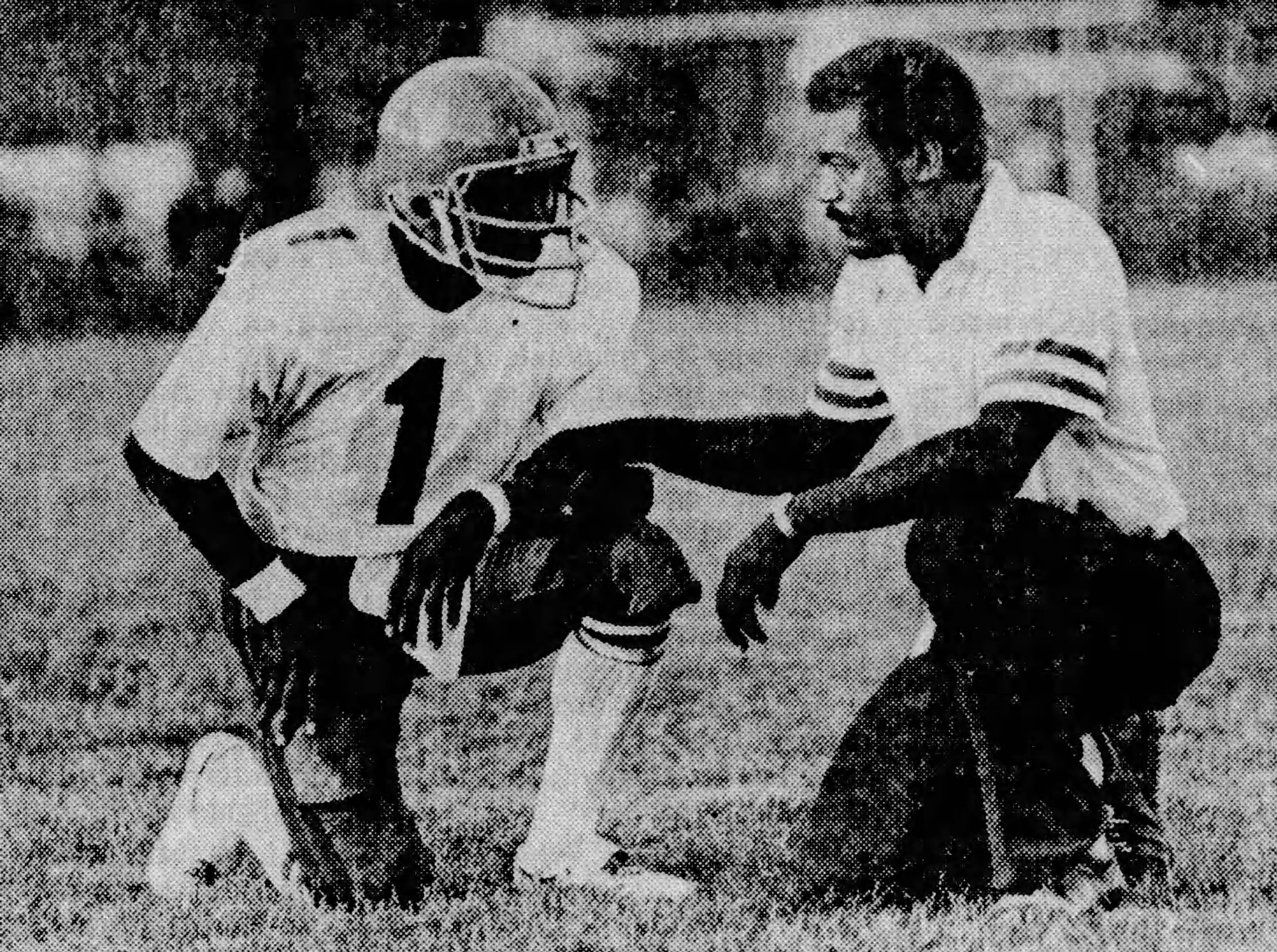
The Hayes Era: The HBCU world on notice
That leader arrived in 1976, when Gaines hired Bill Hayes was hired as head coach. At the time, WSSU was coming off another average season, but Hayes saw something more. He believed the Rams could become a legitimate HBCU football power — if they committed to doing things differently.
Hayes was young, fiery, and ambitious — the kind of coach who could see a championship where others saw just potential. In just his second season (1977), he delivered on that vision. The Rams went undefeated in the regular season for the first time in school history and captured their first CIAA Championship.
Then, they did it again.
By the late 1970s, WSSU football wasn’t just winning — it was setting a standard. Hayes built a pipeline of talent from North Carolina high schools and junior colleges, emphasizing speed, physicality, and discipline. His Rams became known for their stingy defenses and punishing running games — the hallmarks of championship HBCU football.
Over the next decade, WSSU became a fixture at the top of the CIAA, appearing in five consecutive championship games. The run culminated in 1987, when Hayes’ squad finally broke through again to capture another title. That 1987 win was significant — not only did it cement Hayes as one of the most successful coaches in WSSU history, it established the Rams as a consistent contender in Black college football. He also built a pipeline from the D2 HBCU to the NFL that would last long after he went across county lines to take over North Carolina A&T.
By the time Hayes left for NC A&T, WSSU wasn’t just competing. It was leading.
Pete Richardson: The Powerhouse Years
When Pete Richardson, Hayes’ longtime assistant, took over the program in the late 1980s, there was no drop-off. If anything, WSSU got stronger.
Richardson — a former defensive back and assistant under Hayes — brought the same energy, attention to detail, and commitment to excellence. Under his leadership, WSSU became even more disciplined and even more dominant. From 1988 through 1992, the Rams won three CIAA championships and appeared in four title games.
Richardson’s tenure elevated WSSU’s reputation nationally. The Rams were now considered one of the elite HBCU football programs in America, rivaling the success of Division I powers like Grambling, Southern, and Florida A&M — but doing it at the Division II level.
Players from this era carried the swagger and expectation that they could beat anyone, anywhere. The stands at Bowman Gray stayed packed, and the Rams’ brand extended beyond Winston-Salem.
When Richardson left WSSU to become head coach at Southern University in 1993, it marked the end of one era and the start of another. But what Hayes and Richardson built would echo long after they were gone.
The Blount Era: An HBCU homecoming
When Kermit Blount — a former quarterback and hero of the 1977 and 1978 championship teams — returned home to lead his alma mater, expectations were sky-high. But rebuilding isn’t always instant.
The 1990s were a transition period for both the CIAA and WSSU. Other programs were catching up. Recruiting became more competitive. The landscape of HBCU football was shifting as some schools eyed the move to Division I.
For Blount, it took time to restore the Rams to their familiar place atop the standings. But patience paid off. In 1999, in his sixth season, Blount’s Rams broke through — winning the CIAA Championship. They did it again in 2000, marking back-to-back titles for the first time since the Hayes years. He also started winning streaks over programs like Johnson C. Smith and Livingstone that would last for decades.
That stretch reestablished WSSU as the class of the CIAA, producing All-Americans, playoff appearances, and a renewed sense of pride across campus. Blount’s success proved that the Rams’ tradition of excellence wasn’t tied to one coach or one generation — it was part of the school’s DNA.
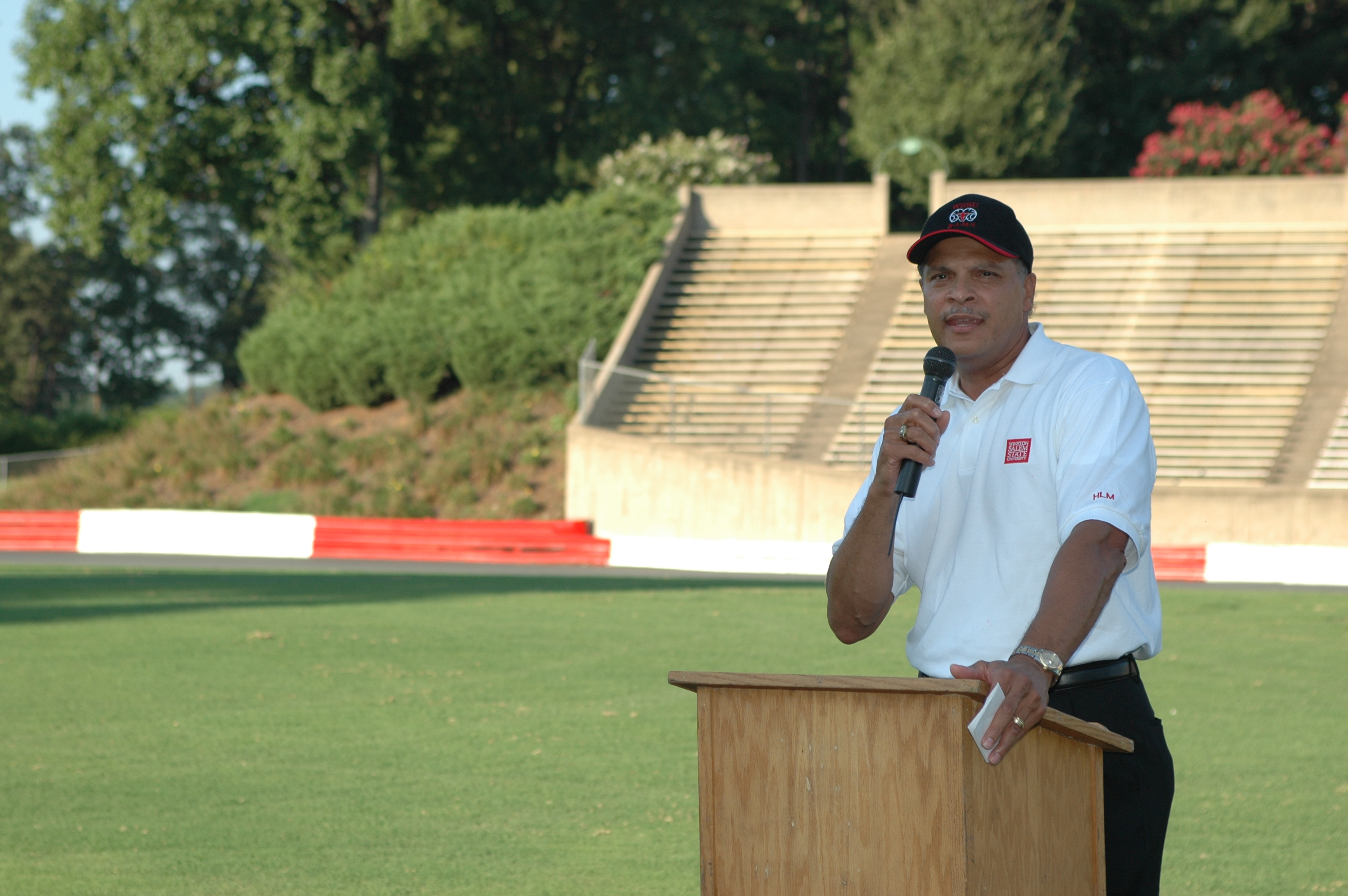
The Turning Point: The Move to Division I
After the 2000 championship season, WSSU was once again a force. The program had decades of sustained success, alumni support, and regional prestige. That momentum caught the attention of then-Chancellor Dr. Harold L. Martin Sr., a visionary leader who believed Winston-Salem State was ready for a bigger stage.
Martin proposed that WSSU move from Division II to Division I, joining the MEAC and competing alongside schools like North Carolina A&T, Howard, and Florida A&M. It was a bold vision — one that promised national exposure, elevated recruiting, and institutional prestige.
The plan was ambitious, and at the time, it felt right. WSSU had the winning pedigree, the fan base, and the cultural cachet to dream big. But the shift would test the university in ways it had never been tested before.
When the transition plan was officially approved in 2005, it was hailed as the next great leap for an HBCU that had spent 65 years climbing. But what no one could fully predict was how deeply that move would ripple — not just through football, but through the entire university.
For decades, WSSU had been the heart of the CIAA. Now, it was stepping away from its identity, its rivals, and its roots. The decision marked both an evolution and a gamble — one that would define the next decade of WSSU athletics.
Next: Part II — “The Division I Dream: How WSSU Reached for the Big Time and Paid the Price”
From 1940 to 2005, WSSU football rose from obscurity to dominance. It built champions, sent coaches to greatness, and gave Winston-Salem a sense of identity that stretched far beyond campus.
But as every dynasty eventually learns, progress has a price. The next chapter of this story will explore that price — the Division I era, the financial strain, and the cracks that began to form in the foundation of a once unshakable empire.

